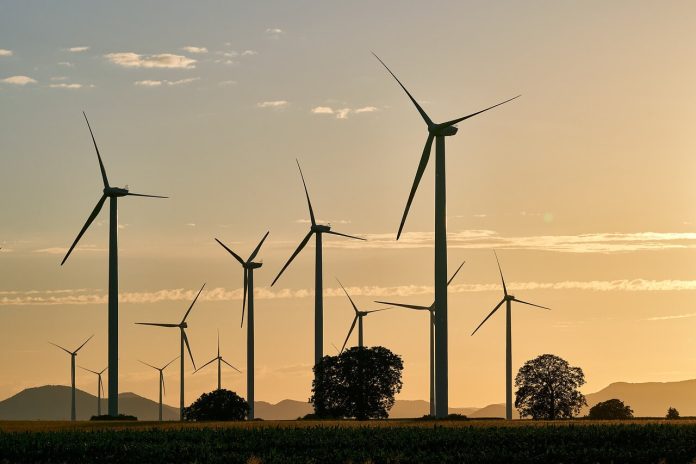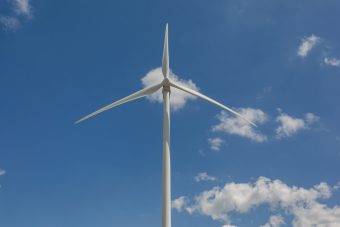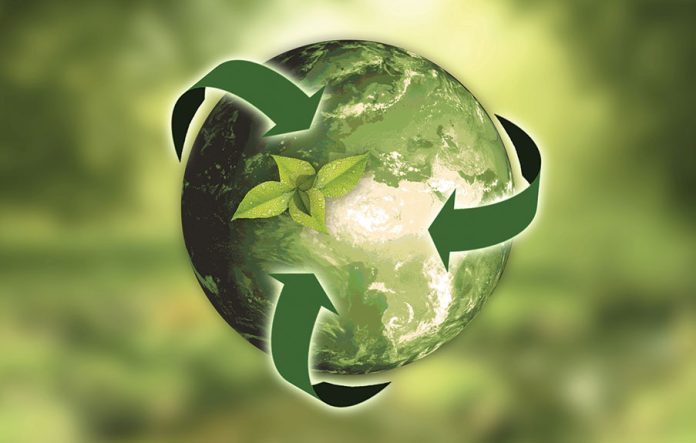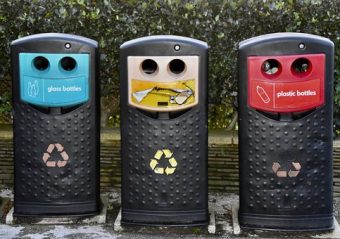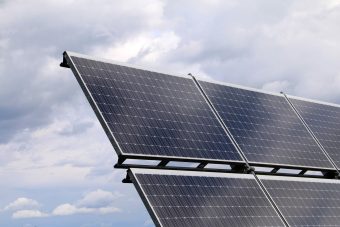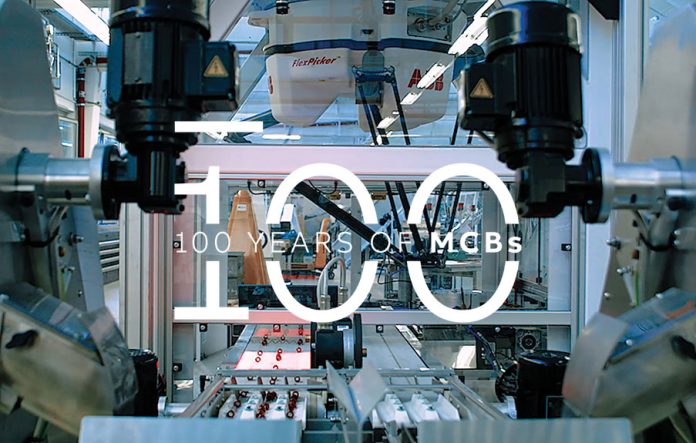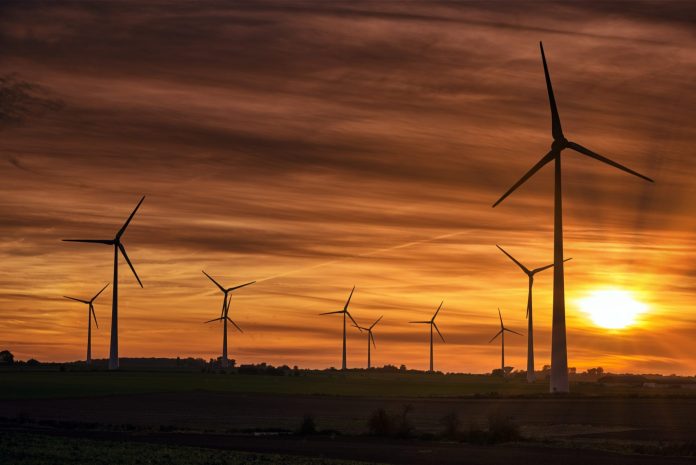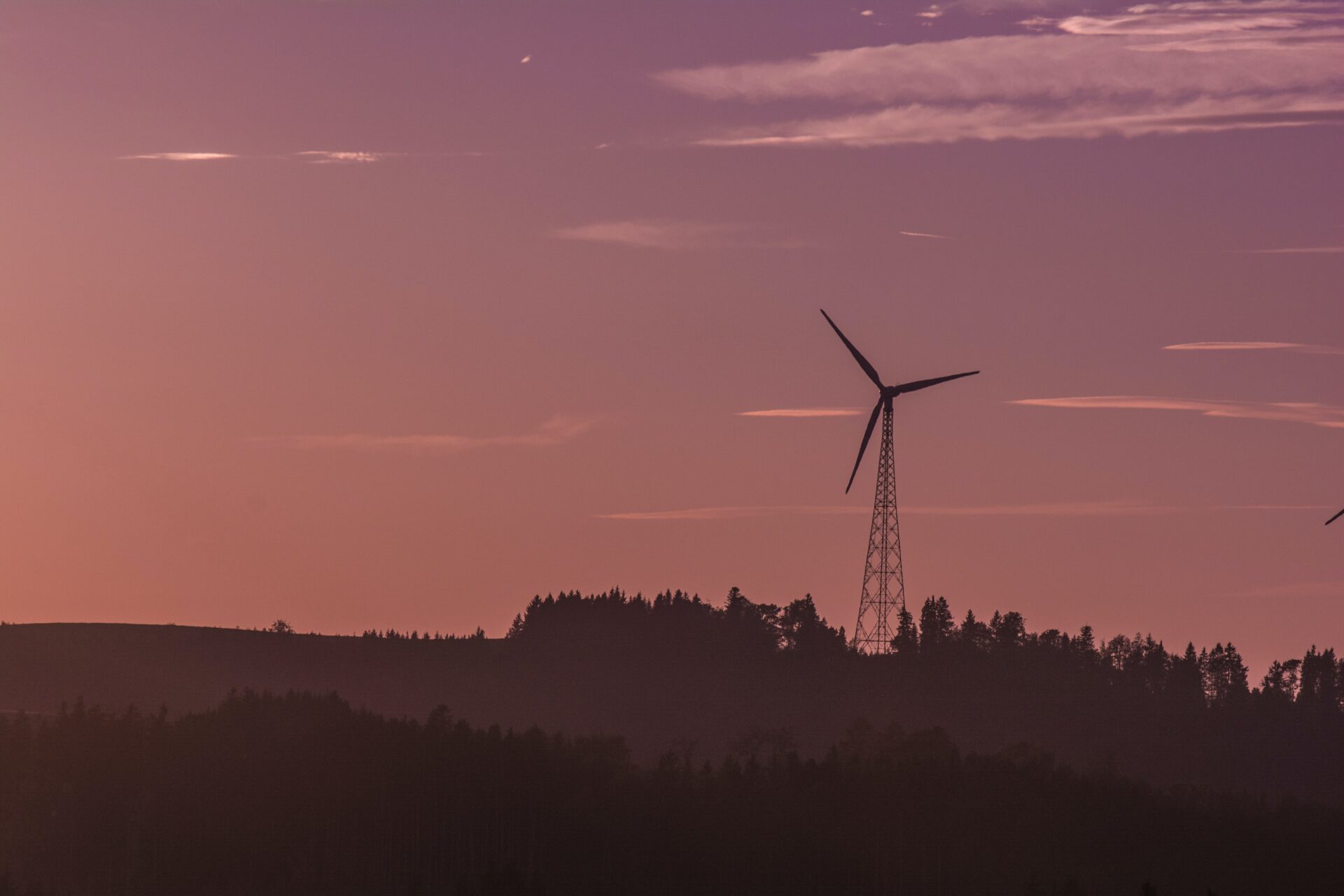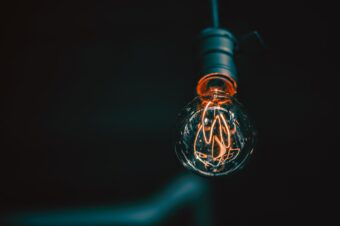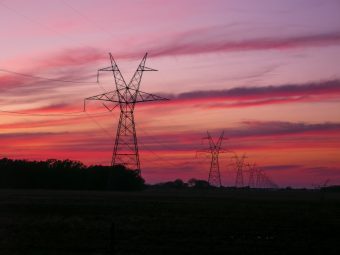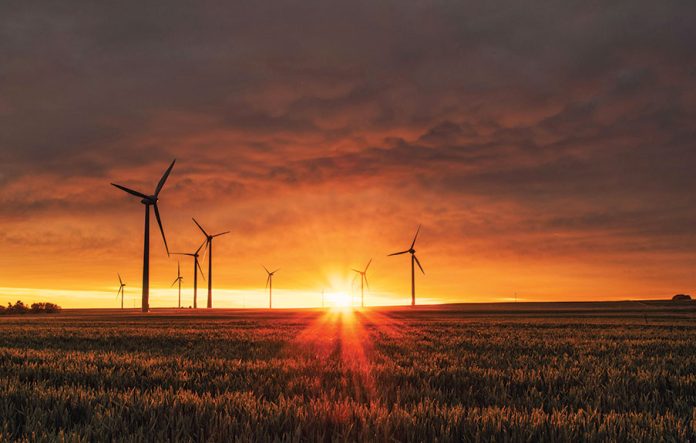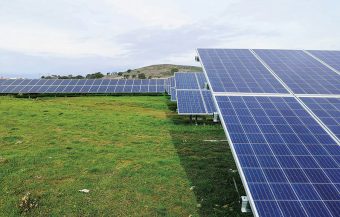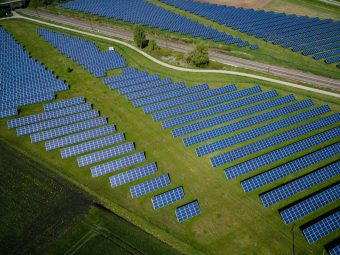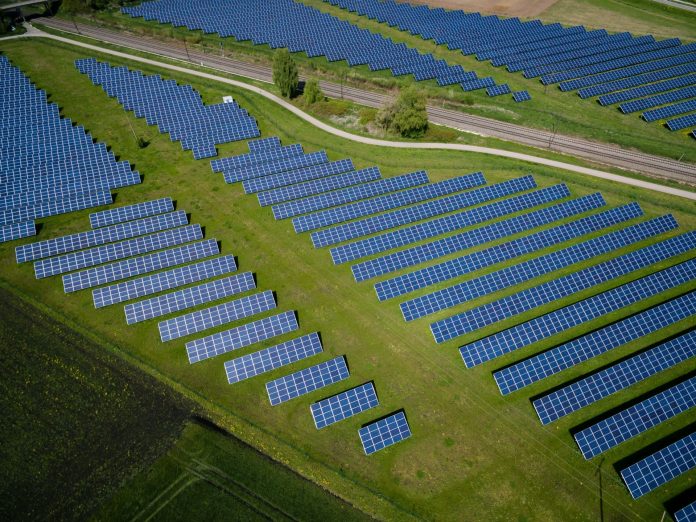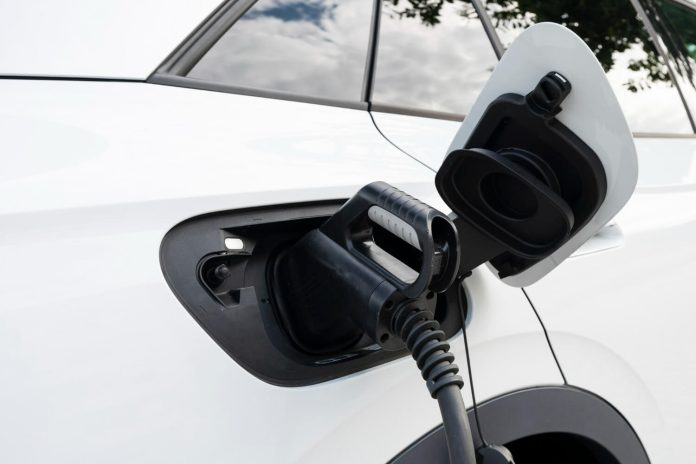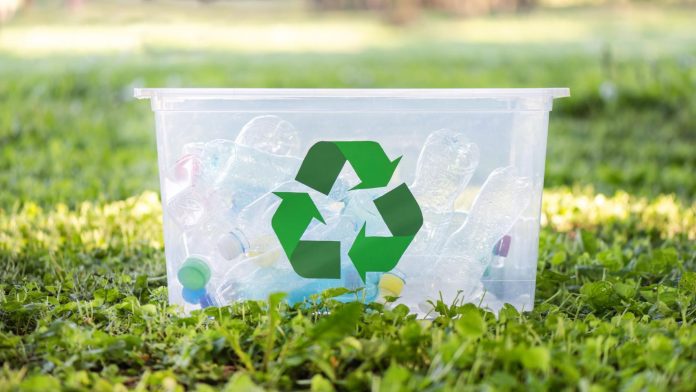The sixteenth meeting of the Conference of the Parties (COP16) to the Convention on Biological Diversity has begun in Cali, Colombia, and will continue until November 1, 2024. This is the first biodiversity conference since the adoption of the Global Biodiversity Framework.
The event brings together representatives from over 190 countries, including governments, observer organizations, Indigenous communities, businesses, civil society, academia, and the general public.
During COP16, governments will assess the progress made in implementing the Kunming-Montreal Global Biodiversity Framework and how well the National Biodiversity Strategies and Action Plans (NBSAPs) align with this framework.
More:
- Ecomondo 2024: Italy at the Forefront of the Ecological Transition
- International Day of Awareness of Food Loss and Waste 2024 – A Call to Action for People and the Planet
- International Day for the Preservation of the Ozone Layer
Additionally, discussions will focus on improving the monitoring framework and resource mobilization for the Global Biodiversity Framework. Governments will also aim to finalize and implement a system to ensure the fair distribution of benefits derived from the use of digital genetic information among all parties.
The primary goal of the Global Biodiversity Framework is to halt and reverse nature loss by 2030, requiring collective action from all stakeholders.
To recall, the Convention on Biological Diversity was adopted in 1992 as a key international agreement with three main objectives. The first is the conservation of biological diversity, the second is the sustainable use of its components, and the third is the fair and equitable sharing of benefits arising from the use of genetic resources. The Convention has been ratified by 196 nations.
Energetski portal


